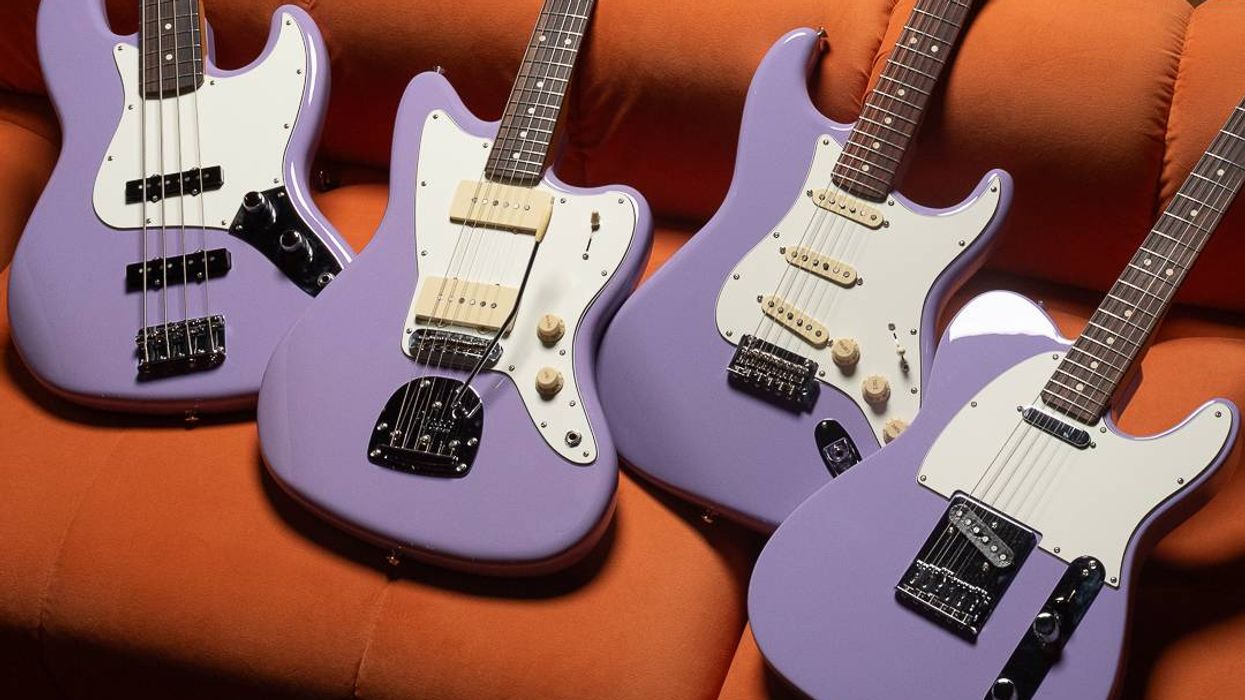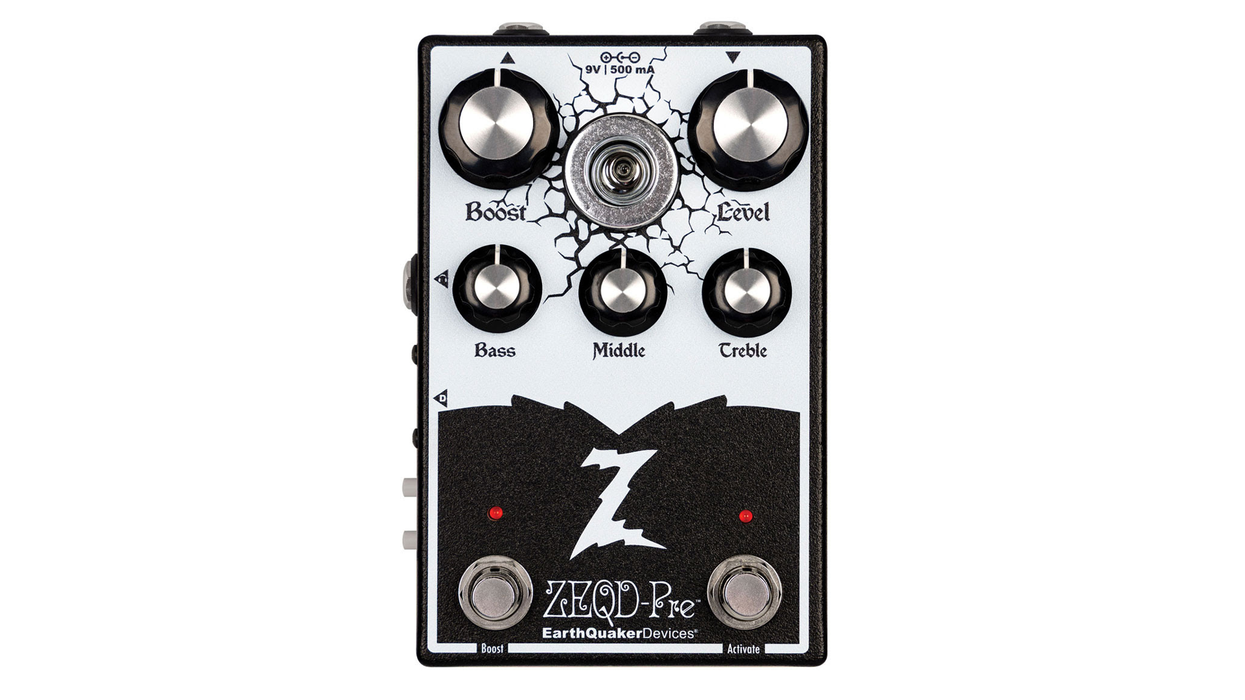In my last two columns, we talked about power ratings and tube-design issues, and the part they play in covering our low end. We also touched on the energy inefficiency involved in keeping those tubes glowing. Beyond all the tube versus solid-state talk, there is still plenty more to consider in characterizing an amplifier's design, including circuit topology, type, and the amount of active elements. These are ranked and categorized in what are known as “classes," which essentially describe how current is routed or controlled within a power amp before it reaches the speaker(s).
These classes are arranged alphabetically in the order they were first introduced. Many players are familiar with or have heard of class-A, class-B, and class-D amps. We don't, however, hear about class C very often because that class is about the amplification of radio frequencies—too high, even for a guitar's spectrum. Fun fact: The range of amplifier classes does not end with class D. To the best of my knowledge, the latest one is class H. And while it's possible you may have heard about class T, or even class XD, these are trademarks, which means you've left the engineering world and have entered the realm of marketing.
Energy efficiency is, of course, a huge topic in the real world, but not so much among musicians. If an amp delivers the sound someone is looking for, it's hard to imagine he or she would part with it due to its power consumption. Still, we have to pay for that power. And when you're talking about an entire band, it's definitely something to consider. Fig. 1 shows the (idealized) efficiency factor of the different topologies, and following are brief descriptions of the first two audio classes, and their hybrid.
• Class A. This is the most basic topology. Its active element—which can be a tube or transistor—uses the full 360-degree audio cycle of one complete sine wave and is always “on," which makes it the least-efficient amp circuitry. Its power consumption, even when idle with no input signal, is essentially the same as at full power. As a result, this always-on mode requires huge heat sinks to dissipate the amount of waste energy. While there are subclasses with variations of this circuitry, the main symptom remains: The amplifying element is always active at full power.
• Class B. These amps use two active elements—one for each half of the audio wave (180 degrees each), which drastically improves power efficiency because each element is “off" half of the time. Their issue is so-called crossover distortion. Crossover means thetime or point when one element takes over from the other, and the result can be time shifts and non-linearities, which cause higher distortion. This happens especially at lower volumes, but is still relatively high at all volumes. Despite using the doubled amount of circuitry, class B has a reputation as a low-cost topology with the lowest fidelity.
• Class AB. For this topology, both elements are on for more than half of the time. A bias keeps the elements from turning fully off, which greatly minimizes crossover distortion. The result is reaching almost the efficiency of a class-B amp, with the low-distortion performance of a class-A amp.
Many audio purists think the “A" stands for premium. Their main argument is that the original signal gets beefed up by just one active element—i.e. one tube or transistor processes all of the signal during its full 360-degree cycle—and that there is no break, delay, or possible interruption to it. Conversely, class-B amps treat the two halves separately and combines the two currents afterwards, which could in some way modify it. The class-A type is still pretty popular for many boutique tube guitar amps—sometimes even bass amps—although modern electronics have evolved dramatically by further chasing down said crossover distortion.
This discussion reminds one of the introduction of the first compact discs and their analog/digital converters. Today's digital infrastructure is widely accepted, whether it's for recording, effects processing, or playback. But when it comes to our instruments and amps, many still cling to ancient technology and myths about the superiority of hand-wiring, glowing tubes, or, depending who you talk to, the one and only class-A circuitry.
Next month, we'll talk about the modern, non-puristic, and more elusive signal processing of class D, which is already well established in the realm of new bass amps.








![Rig Rundown: AFI [2025]](https://www.premierguitar.com/media-library/youtube.jpg?id=62064741&width=1245&height=700&quality=70&coordinates=0%2C0%2C0%2C0)












 Shop Scott's Rig
Shop Scott's Rig
![Rig Rundown: John 5 [2026]](https://www.premierguitar.com/media-library/youtube.jpg?id=62681883&width=1245&height=700&quality=70&coordinates=0%2C45%2C0%2C45)














































